Introduction
Tremella fuciformis, commonly known as white jelly mushroom or snow ear fungus, is a renowned edible mushroom in traditional Chinese medicine and culinary practices. Renowned for its gelatinous texture and mild flavor, Tremella fuciformis is cherished for its numerous health benefits, including its ability to moisturize the lungs, nourish the skin, and enhance the immune system. However, with the increasing popularity of this superfood, the market has become flooded with varying qualities of Tremella fuciformis, making it challenging for consumers to discern the best from the rest. In this article, we will share comprehensive methods to distinguish high-quality Tremella fuciformis from its inferior counterparts, ensuring you make an informed purchase.
Visual Inspection: Appearance Matters
The first step in evaluating the quality of Tremella fuciformis is through visual inspection. High-quality Tremella fuciformis should exhibit a pristine, translucent white color, akin to freshly fallen snow. Avoid products that have a yellowish or grayish hue, as these could indicate aging, improper storage, or exposure to unfavorable conditions. The surface of the mushroom should be smooth and free from cracks, spots, or mold, which are signs of deterioration.
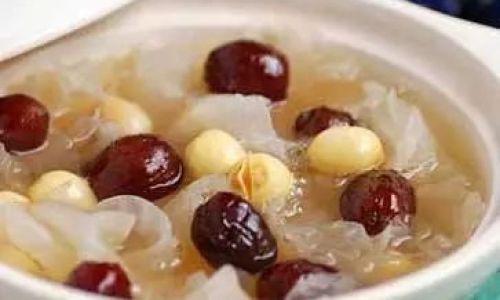
Moreover, the shape of Tremella fuciformis can also provide insights into its quality. Ideally, the mushroom should have a natural, ear-like appearance with a slightly curly edge. Avoid pieces that are overly flattened or irregularly shaped, as they may have undergone processing that compromises their natural structure and nutritional value.
Texture Analysis: The Feel of Authenticity
The texture of Tremella fuciformis is another crucial factor in determining its quality. When touched, high-quality Tremella fuciformis should feel dry yet slightly elastic, with a gentle give when pressed. This indicates that the mushroom retains its natural moisture and has not been overly processed or dried to the point of brittleness.
Conversely, if the Tremella fuciformis feels excessively dry, brittle, or powdery, it may have lost essential oils and nutrients due to improper handling or prolonged storage. Similarly, overly moist or sticky Tremella fuciformis should be avoided, as it could be a sign of contamination or the presence of added preservatives.
Smell Test: The Aroma of Purity
The aroma of Tremella fuciformis can also reveal much about its quality. High-quality Tremella fuciformis should have a faint, earthy scent, reminiscent of fresh mushrooms or forest floors. This natural aroma signifies that the mushroom has been minimally processed and retains its pure, unadulterated essence.
On the other hand, if the Tremella fuciformis emits a strong, unpleasant odor, such as mold, chemicals, or an overly sweet scent, it is likely of inferior quality. These odors can indicate the presence of contaminants, additives, or improper storage conditions.
Origin and Cultivation Practices: Tracing the Roots
Understanding the origin and cultivation practices of Tremella fuciformis is vital for assessing its quality. High-quality Tremella fuciformis is typically cultivated in clean, pollution-free environments, using organic methods that prioritize sustainability and the preservation of natural ecosystems.
Look for products that are certified organic or have been grown in regions known for their pristine natural conditions. Additionally, inquire about the cultivation methods used, such as whether the mushrooms were grown on natural logs or in nutrient-rich soil, as this can affect their nutritional profile and overall quality.
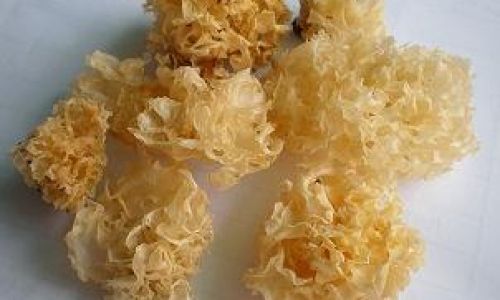
Avoid Tremella fuciformis sourced from regions with a history of environmental pollution or that use harmful pesticides and fertilizers, as these contaminants can seep into the mushroom, compromising its purity and safety.
Packaging and Labeling: A Window to Quality
The packaging and labeling of Tremella fuciformis can also provide clues about its quality. High-quality products are often packaged in airtight, moisture-proof containers to preserve their freshness and prevent contamination. Look for packaging that is made from eco-friendly materials and is clearly labeled with information about the product’s origin, cultivation methods, and expiration date.
Furthermore, be wary of Tremella fuciformis that is packaged in bulk or without any protective barrier, as this can expose the mushroom to air, moisture, and contaminants, reducing its shelf life and quality. Additionally, check for any certifications or seals of approval, such as USDA Organic or Non-GMO, as these can serve as additional indicators of quality.
Price Considerations: Quality Over Quantity
Lastly, while price should not be the sole determinant of quality, it is often a reflection of the care and effort put into producing Tremella fuciformis. High-quality Tremella fuciformis, due to its meticulous cultivation, organic practices, and premium packaging, may come at a higher price point compared to its inferior counterparts.
Remember, the old saying “you get what you pay for” often rings true when it comes to Tremella fuciformis. While it may be tempting to opt for cheaper options, sacrificing quality can lead to a less satisfying culinary experience and potentially reduced health benefits.
Conclusion
In conclusion, distinguishing high-quality Tremella fuciformis from its inferior counterparts requires a combination of visual inspection, texture analysis, smell test, understanding of origin and cultivation practices, scrutiny of packaging and labeling, and careful consideration of price. By following these methods, you can ensure that you are purchasing Tremella fuciformis that is not only of superior quality but also rich in nutrients and flavor. Remember, investing in high-quality Tremella fuciformis is an investment in your health and well-being, making every bite worth the effort.
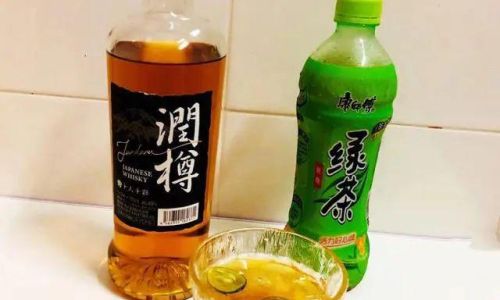
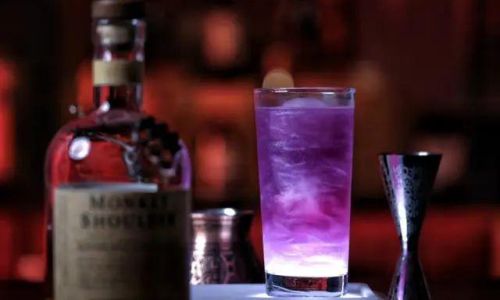
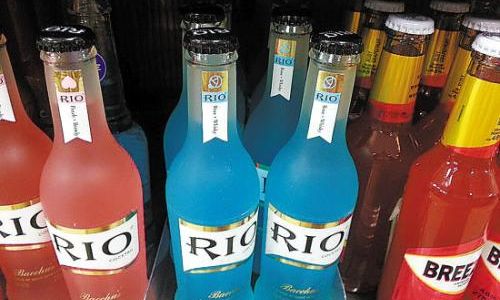


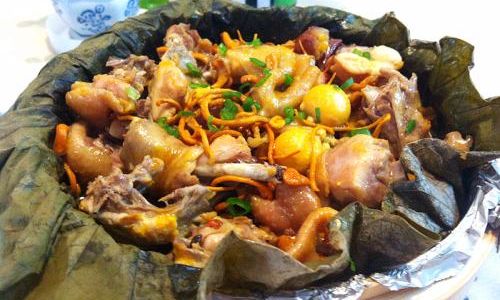
0 comments